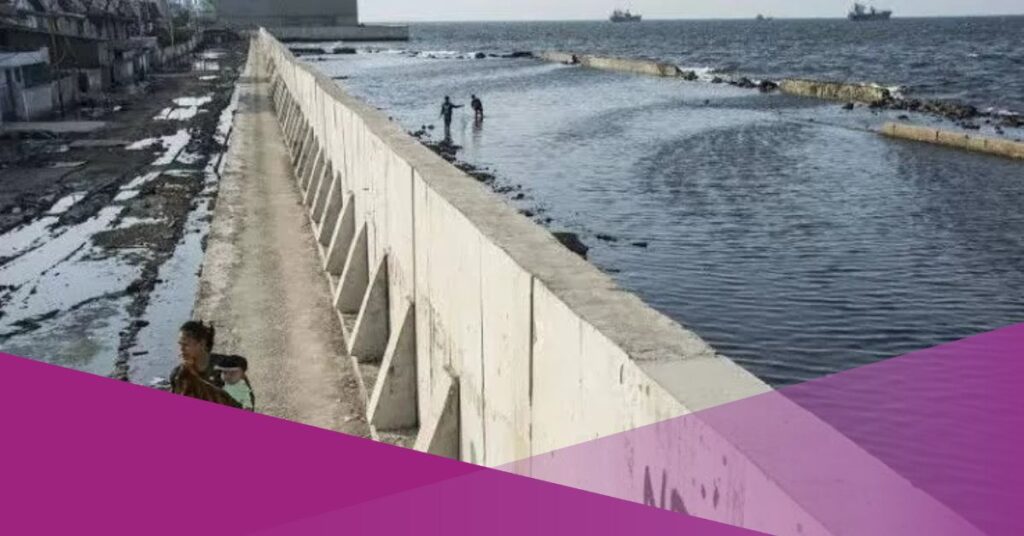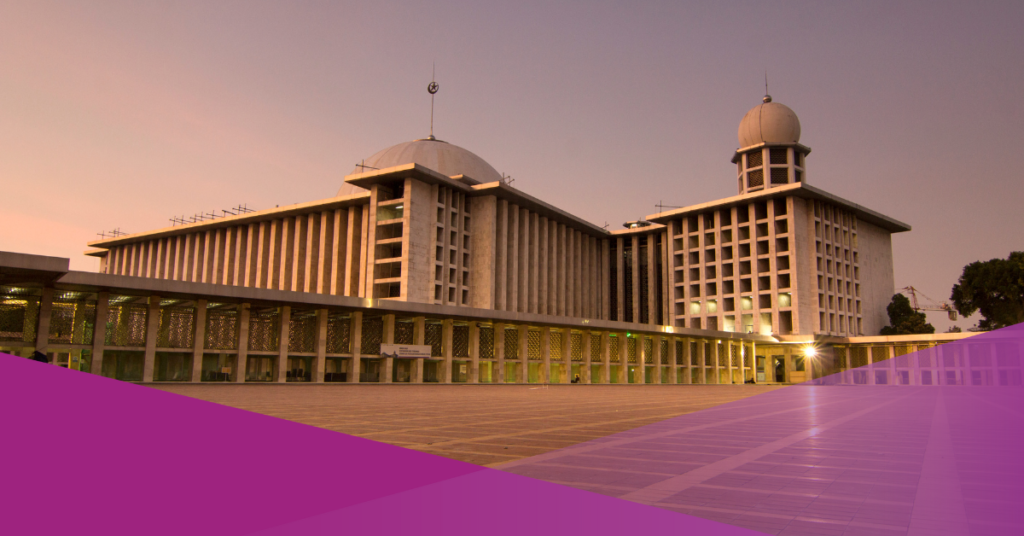The government is preparing to build a giant seawall to prevent tidal flooding in coastal areas. Coordinating Minister for Infrastructure and Regional Development Agus Harimurti Yudhoyono (AHY) emphasised that this project is an important mitigation step.
“Mr President has assigned us to prepare and carry out the construction of the Giant Seawall as an effort to protect the coast, as well as to mitigate tidal flooding due to abrasion and significant land subsidence, which is reaching 4 to 10 cm per year,” he said in Jakarta on Wednesday, 19th March 2025, as reported by Antara.
Agus also highlighted the increasingly frequent climate crises and extreme weather that affect the north coast region. He emphasised that climate change factors must be taken seriously in spatial planning and infrastructure development, which must be more adaptive and sustainable.

The government is committed to overseeing the recovery process and ensuring that long-term mitigation measures can be realised immediately to protect the community from future flood impacts.
With strong coordination and real action on the ground, it is hoped that flood management can be more effective and sustainable.
Based on the Annex of Presidential Regulation (Perpres) Number 12 of 2025 concerning the Narrative of the National Medium-Term Development Plan (RPJMN) 2025-2029, the Giant Seawall project on the North Coast of Java has been included in the National Strategic Project Indication List (PSN) for the 2025-2029 period.
Giant Seawall Development Cost is Still Being Calculated, Private Sector Participates in Crowdfunding
As reported by Liputan6, Deputy Minister of Public Works Diana Kusumastuti stated that the government does not yet have an exact calculation of the investment costs needed to build a giant seawall (GSW). This still needs to be discussed with various related ministries.
“If the exact calculation is not yet available, it must be multi-stakeholder, multi-ministry, and cannot rely on just one ministry,” said Diana, speaking at the Ministry of Public Works Office in Jakarta on Saturday, 22nd March 2025.
Furthermore, Diana explained that funding for the construction of the giant seawall will not solely rely on the state treasury (APBN). However, it is hoped that the private sector will also become involved.
“That will not all be funded using the state budget,” she said.
What is the Giant Seawall?
The Giant Seawall has become a hot topic of conversation after Indonesian President Prabowo Subianto assigned the Coordinating Minister for Infrastructure and Regional Development, Agus Harimurti Yudhoyono, to oversee the construction of the infrastructure.
A Giant Seawall is an innovation designed to protect coastal areas from threats such as flooding, abrasion, and the impact of storm surges.
Typically constructed from concrete, steel, or other strong materials, seawalls serve as a bulwark for coastal infrastructure and communities. Amid the threat of climate change and rising sea levels, the Giant Seawall is becoming increasingly important.
One of the main benefits of a Giant Seawall is flood protection. By retaining seawater, seawalls serve to protect coastal areas that are vulnerable to sea level rise and large waves.
The MOSE project in Venice, Italy, and Delta Works in the Netherlands are clear examples of how a Giant Seawall can reduce flood risk in coastal areas.































